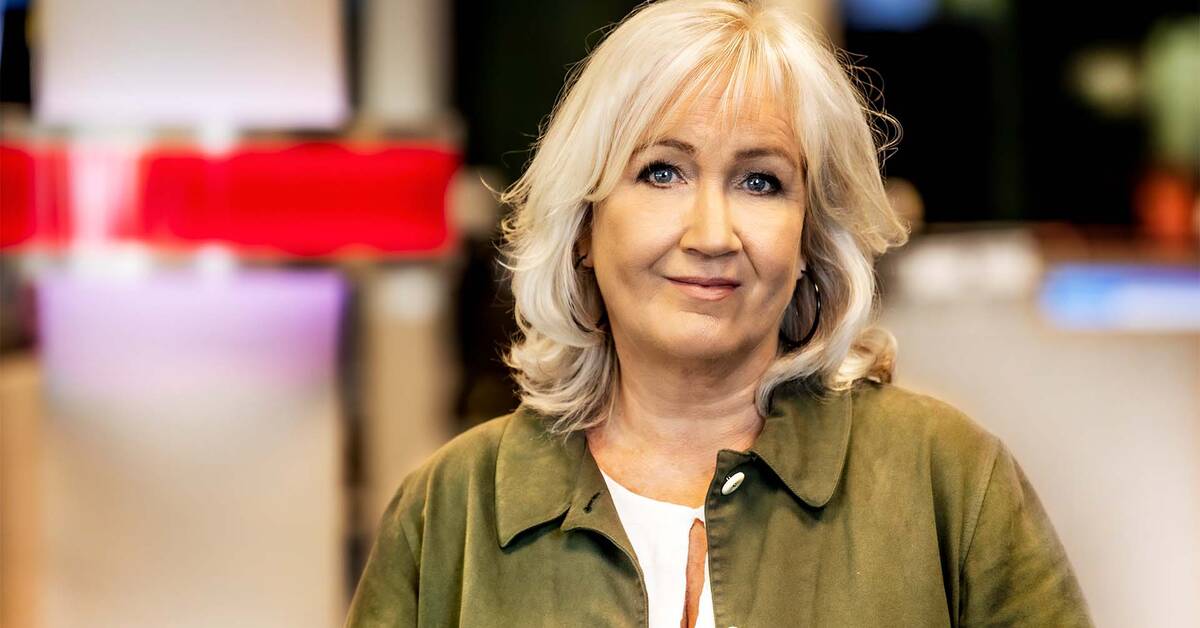What climate science has long predicted now seems to be playing out before our eyes. We are rapidly entering the age of fire and heat. In Sweden, the signs are everywhere. The risk of forest fires is increasing, new species are moving into Sweden while some of the old domestic ones cannot cope with the warmer climate. This is shown by SVT's review of how climate change affects Summer Sweden.
Climate scientists' warning about to come true
The weather is difficult to predict, but what is happening right now is in line with the consequences that climate scientists have warned about, calculations from, among others, the EU meteorological agency Copernicus show that it will be a hot and dry summer, where southern Scandinavia and the Baltic Sea coast are unusually dry right now.
LRF's calculations show that in some areas almost half of the first harvest of grass will be lost. If the drought continues after midsummer, the large grain harvests may be in danger. Extreme weather and drought affect us in many ways, but what can quickly become acute is the availability of food.
Food security threatened
Every second bite of food we eat in Sweden is imported. This can be compared with Finland, which has a self-sufficiency rate of 80 per cent.
We pay too little attention to how the escalating climate crisis threatens our food supply. We are far more vulnerable than we think. We are (as long as there are no crop failures) fairly self-sufficient in grain, milk and eggs but dependent on imports of fruit, vegetables and meat. We are also dependent on importing fuel, fertilizers and inputs. But if the countries we import from also suffer from water shortages and droughts, imported goods will become more expensive and decrease in volume. A new study shows how vulnerable the global food supply is to drought. 75 percent of global food production depends on rain.
The solution, according to MSB, is more self-sufficiency with the help of market gardens, more greenhouses and local cultivation.
In the clip: Sweden imports a lot of food – so what happens when it gets warmer and drier at producers abroad?
The atmosphere is doped with greenhouse gases
The cause of the escalating climate crisis lies in what is happening in the atmosphere. Greenhouse gas emissions are warming the earth.
Despite decades of climate negotiations and promises from politicians and companies, we continue to dope the atmosphere with greenhouse gases. A high-profile report from Leeds University showed last week that global emissions are at a record high. 54 billion tons annually, that's an increase of one billion tons since 2019.
Global warming over the past decade was 1.14 degrees higher than the IPCC's forecast.
Climate scientists are appealing for the public to know that climate action is too slow and insufficient.
That time is no longer on our side.

